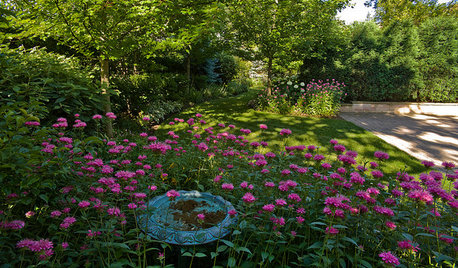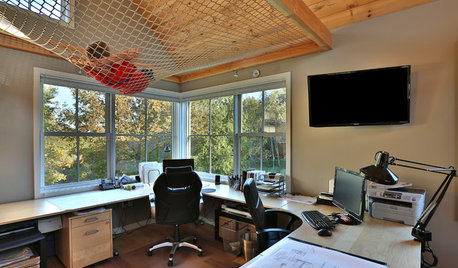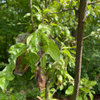Care and feeding of benchgrafts?
milehighgirl
15 years ago
Related Stories

HOME TECHTo Feed and Protect: Care for Your Pet From Afar With New Devices
You might miss the nuzzles, but your dog or cat won't miss food, water or monitoring with these high-tech feeders and cameras
Full Story
GARDENING GUIDES15 Native Flowers That Feed Native Bees
These perennials offer superfood to hundreds of bees and are gorgeous in their own right
Full Story
GARDENING GUIDESBackyard Birds: How to Care for American Goldfinches
The American goldfinch is a bright-in-the-summer visitor and one of the only vegetarian songbirds. Here's how to give them a healthy habitat
Full Story
HOLIDAYSHow to Care for Your Christmas Tree
Keep your tree looking lush until the last ornament is packed away with these tips for watering, using stands and more
Full Story
GARDENING GUIDESSpring Citrus Care Reaps Months of Sweet Rewards
Learn how to tend citrus trees in spring and ways to preserve their delicious fruit
Full Story
LANDSCAPE DESIGNExuberant Self-Seeders for Gorgeous, Easy-Care Gardens
Keep weeds down, color high and maintenance low with beautful plants that sow themselves
Full Story
DECORATING STYLESGypsy in Your Soul: 10 Steps to a Bohemian Bedroom
If your inner boho is clamoring to be released, feed your fantasies in a gorgeously unconventional bedroom
Full Story
KITCHEN DESIGNKitchen of the Week: Casual Equestrian Feel on a Horse Farm
Red cabinetry, salvaged barn decor and a window for feeding treats to horses combine in a lively, comfortable family kitchen
Full Story
DESIGN PRACTICEHow to Set Up Your Design Studio at Home
Learn from an architect how to create a workspace that fuels your practice and feeds you inspiration
Full Story
GARDENING GUIDESGreat Design Plant: Amelanchier Signals Spring With Airy White Blooms
With roughly 20 species of serviceberry native to the U.S., bees can feed on the early-season blooms while birds enjoy the summer berries
Full StoryMore Discussions








jellyman
calistoga_al ca 15 usda 9
Related Professionals
Forest Acres Landscape Architects & Landscape Designers · Forest City Landscape Architects & Landscape Designers · Middletown Landscape Contractors · Edmond Landscape Contractors · Belmont Landscape Contractors · Galt Landscape Contractors · Indianapolis Landscape Contractors · Middletown Landscape Contractors · Newberg Landscape Contractors · North Haven Landscape Contractors · San Antonio Landscape Contractors · Secaucus Landscape Contractors · Woodburn Landscape Contractors · Norridge Landscape Contractors · Shenandoah Landscape Contractorsswvirginiadave
zeuspaul
milehighgirlOriginal Author
olpea
theaceofspades
Scott F Smith
milehighgirlOriginal Author
price403
marc5
Scott F Smith
milehighgirlOriginal Author
Scott F Smith
calistoga_al ca 15 usda 9
swvirginiadave
marknmt
Scott F Smith